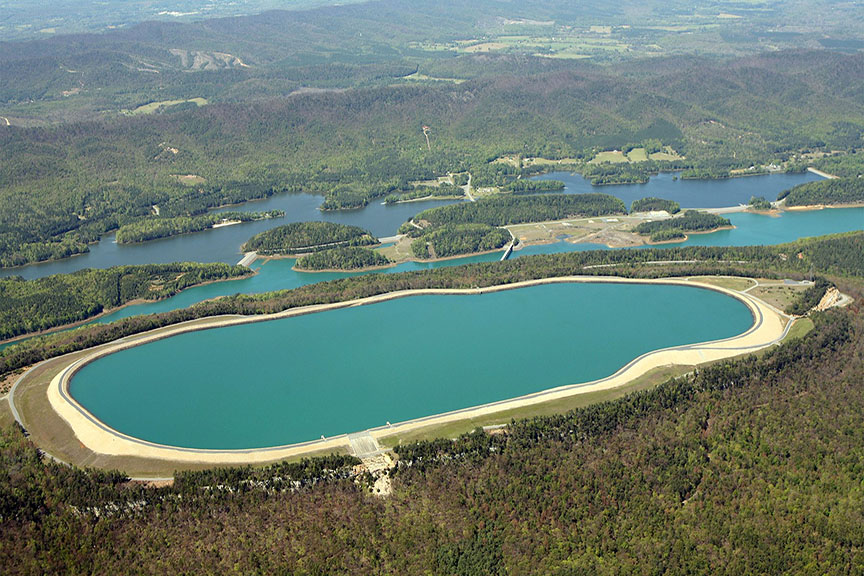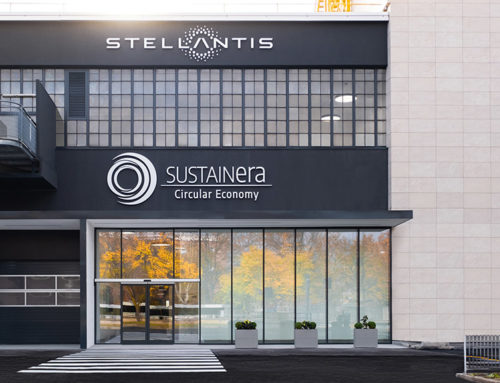In the relentless pursuit of reducing greenhouse gas emissions and transitioning away from fossil fuels to combat climate change, the quest for efficient large-scale energy storage solutions has intensified. A recent study conducted by researchers at the National Renewable Energy Laboratory suggests that closed-loop pumped storage hydropower may hold the key to a greener, more sustainable energy future, outperforming other energy storage technologies, including lithium-ion batteries.
Closed-loop pumped storage hydropower operates on a simple yet ingenious principle, utilizing two water reservoirs positioned at different elevations. As water flows or is pumped from the lower reservoir to the higher one, power is generated. Unlike conventional hydropower systems reliant on continuously flowing natural water sources, closed-loop pumped storage hydropower is self-contained.
Pumped-storage hydropower from Norwegian water reservoirs can secure Europe’s power supply in the future.
The research team delved into 35 closed-loop pumped storage hydropower projects in various stages of permitting and development. Their analysis went beyond evaluating the environmental impact during the operation phase. It considered the entire lifecycle, from construction to decommissioning, including the emissions associated with materials such as concrete, sand, steel, and gravel used in construction, as well as the transportation of these materials to the project sites.
The groundbreaking findings were conclusive: closed-loop pumped storage hydropower boasts a lower carbon footprint compared to other energy storage technologies, such as utility-scale lithium-ion batteries and vanadium redox flow batteries. This conclusion underscores the technology’s potential as a cornerstone in achieving the nation’s climate goals.
In Goldendale, Washington, an ambitious pumped storage hydropower facility is under consideration. If realized, it could provide enough energy to power the city of Seattle for up to 12 hours. However, this endeavor is not without its challenges. Environmental impacts and potential harm to sacred Indigenous sites have sparked controversy and debate. Federal regulators have sought public input on the project’s environmental and tribal implications, highlighting the complexities of balancing clean energy objectives with environmental and cultural preservation.
Recognizing the far-reaching implications of clean energy transitions, researchers from Portland State University have embarked on a mission to comprehensively study the positive and negative consequences on communities, wildlife, water resources, and land. Their aim is to bridge the gap between communities most affected by these clean energy projects and actively engage them in shaping the future of clean energy initiatives.
As the world strives to combat climate change and pave the way for a sustainable energy landscape, closed-loop pumped storage hydropower emerges as a promising, eco-friendly solution. Its capacity to store and release energy efficiently, coupled with its lower carbon footprint, positions it as a critical player in achieving a greener, cleaner, and more sustainable energy future.






